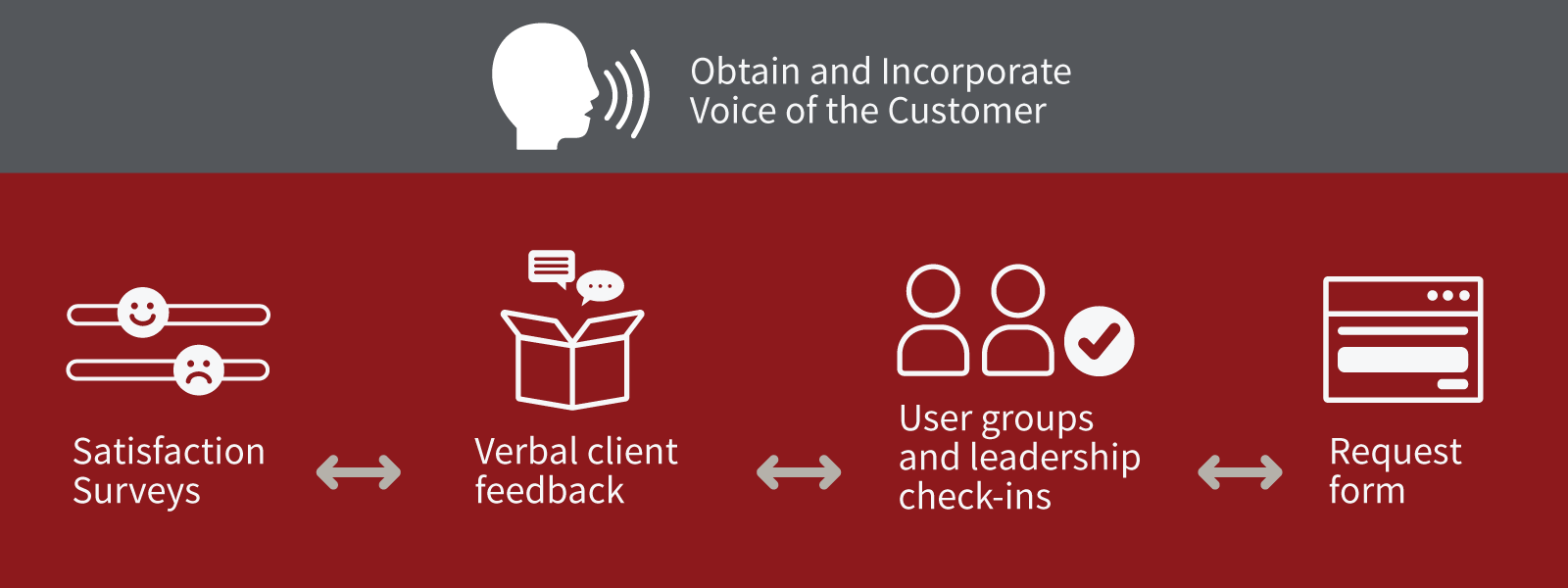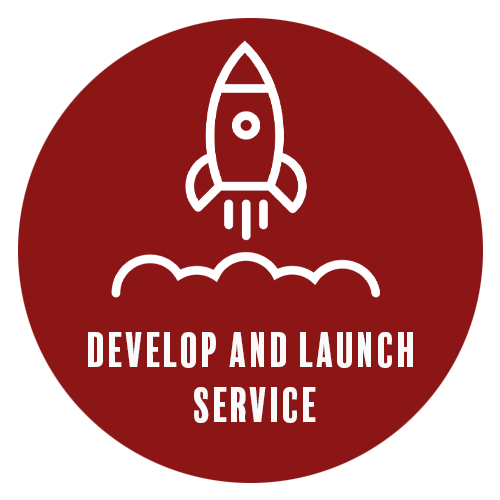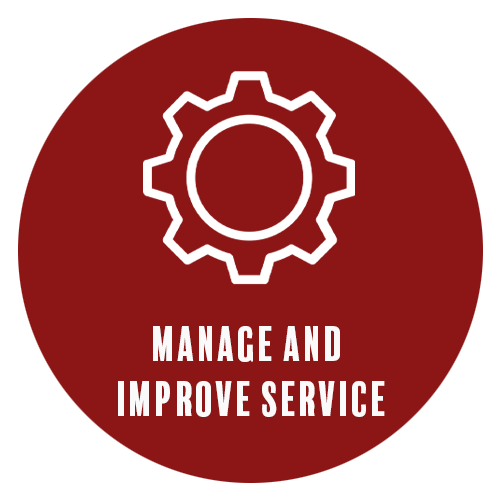
In the manage and improve phase of the service lifecycle, we use a metrics-driven approach to identify opportunities for service improvement and to then measure the impact of your improvement efforts. Continual Service Improvement (CSI) can be effective only if it is integrated throughout the lifecycle, creating a culture of continual improvement.
Why do I need to establish Service Metrics and KPIs?
If you can’t measure it, you can’t manage it! Metrics and Key Performance Indicators (KPIs) provide quantifiable information about the health of your service, identify opportunities for service improvement, and provide a measure of the progress toward achieving your business goals.
When do I need to develop Service Metrics and KPIs?
During the service design effort, you should have already identified metrics and KPIs that will assist in the tracking of the performance and progress of your service – although it doesn't stop there! Developing Service Metrics and KPIs is never a one-and-done effort. You should continually assess your KPIs to ensure they accurately reflect the story of your service.
The Voice of the Customer
One of the most important KPIs is the “Voice of the Customer.” This term describes your customer's feedback about their experiences and expectations for your service. You can obtain and incorporate the Voice of the Customer through the following:

- Invite participation in service-specific client satisfaction surveys, both annual surveys and following client engagement (after service provisioning, following an incident, etc.).
- Partner with the Business Relationship Management team to collect verbal client feedback directly.
- Schedule regular check-ins with user groups and leadership.
- Create a request form for clients to provide feedback and request service enhancements.
What are some examples of KPIs that will help me to successfully manage my service?
- Number of incidents
- Number of outages
- Number and type of requests
- Cost to deliver
- Revenue trends
- Cost vs revenue
- Subscriber trends over time
You should also consider developing KPIs that are specific to your service and its underlying technology.
Outside Factors
Understanding outside factors relevant to your service is crucial to how you plan for improvements and changes.
Industry Trends:
- Having a clear understanding of where the industry is trending will help you develop a roadmap for your service that is current and delivers maximum value.
- Tools such as Gartner and Forrester are excellent resources for understanding technology trends.
Vendor Management:
-
Having a strong relationship with vendors that support your service will allow you to request enhancements or changes that will answer the needs of your customers. They also provide early insights into the direction of their services.
How do I get help assessing my service?
- Conducting regular assessments of your service is key to ensuring that it continues to provide value to users. Typically scheduled at six and 12 months post-production launch and ongoing from there.
- You can receive assistance from the Service Management team in assessing your service by submitting a Help request.




